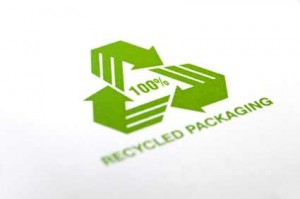No packaging company can afford to be labelled as ‘environmentally unfriendly’. Consequentially, green awareness is seen as a powerful asset to boost sales. Unfortunately – as there still are no clear rules for naming a particular product ‘green’ – this often leads to overstated claims and the overall devaluation of the term.
One such example would be claiming that discs with only slightly reduced emission of CO2 are ‘green’; whereas this obviously is not a straight forward case.
Clearly there is a need for special regulation on this issue so that the consumers are fully informed about what they buy. Similar regulation is already to be put in place by the EU with regard to orange juice.
On the other hand, event the noblest of concerns – such as the environmental ones – have to be reconciled with customers’ needs. These however often tend to contradict each other; like the demand for reduced costs and increased sustainability. It seems that many will applaud minimizing environmental impact, but only few are willing to carry the weight of the costs involved. Especially that – since the packaging is a part of the product rather than an instant throwaway – there is more interest in recyclability than in developing alternative materials; no matter how sophisticated.
Again, it is necessary to carefully estimate the costs: is putting extra financial effort in producing yet thinner discs – which are recyclable to the same extent as the currently produced thin discs – economically viable?
The current data seems to suggest that the customers are more concerned about sustainability and less willing to experiment with new technologies.
Tags: The environment
